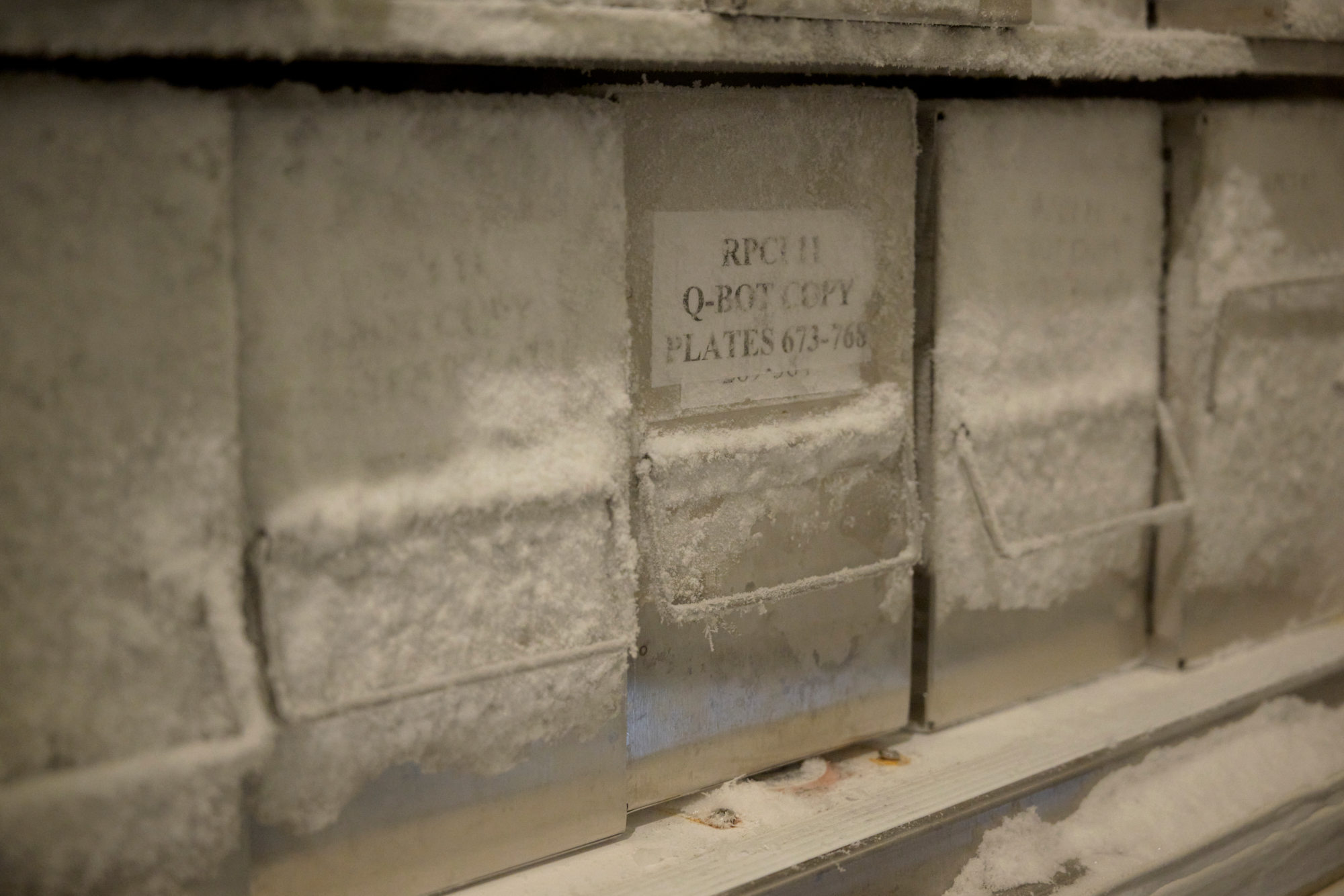Haunting the Human Genome Project: A Question of Consent

🌈 Abstract
The article explores the ethical issues surrounding the sourcing of human DNA samples used in the Human Genome Project, particularly the case of the anonymous "RP11" donor whose genetic material ended up comprising over 70% of the final reference genome sequence. It delves into the project's efforts to protect donor privacy and consent, the pressures of competition with a rival commercial sequencing effort, and the lasting impact of the RP11 sequence on modern genomics.
🙋 Q&A
[01] The Ethical Sourcing of DNA Samples
1. What were the key ethical issues with how the Human Genome Project obtained DNA samples for the project?
- The project initially used DNA samples that lacked proper informed consent and oversight from institutional review boards (IRBs)
- Some samples came from scientists involved in the project and a cadaver, raising concerns about consent and potential conflicts of interest
- There were issues with the consent language used, which stated that no more than 10% of the final sequence would come from any one donor
2. How did the project try to address these ethical concerns?
- The project leadership, including Francis Collins and Aristides Patrinos, developed new protocols to obtain DNA samples through a "double-blind" process where donors' identities were kept anonymous
- The plan was to create a "mosaic" genome assembled from multiple anonymous donors to protect individual privacy and reduce incentives to identify donors
3. What were the key factors that led the project to ultimately rely heavily on the RP11 donor's DNA?
- Time pressures due to competition with the rival Celera Genomics project, which had pledged to sequence a human genome faster and cheaper
- Technical challenges in efficiently integrating DNA from multiple donors into a cohesive reference genome
- Lack of availability of the planned 10 new anonymous donor libraries in time to meet the accelerated timeline
[02] The RP11 Donor and Consent Issues
1. What were the key issues with the consent language used for the RP11 donor?
- The consent form stated an expectation that no more than 10% of the final sequence would come from any one donor
- Project leadership felt this 10% limit would "devastate the momentum of the project" and sought to expand RP11's contribution beyond that
2. How did the Roswell Park IRB respond to the request to exceed the 10% limit for RP11?
- The IRB unanimously voted against attempts to re-consent the 10 original RP11 donors, citing difficulties in locating them and concerns about jeopardizing RP11's anonymity
- The IRB justified this decision by arguing the 10% language was not a guarantee, and that delaying the project would be unethical given the potential health benefits
3. How do experts view the IRB's decision and rationale?
- Several bioethics and legal experts questioned the IRB's interpretation of the 10% consent language, arguing it was a substantial part of the agreement with donors
- They felt the IRB should have made more effort to re-consent the donors, rather than dismissing it on the basis of logistical challenges
[03] The Lasting Impact of RP11
1. What is the current status and significance of the RP11 genetic sequence?
- RP11's DNA still makes up over 70% of the most recent versions of the human reference genome, a foundational resource used ubiquitously in genomics research and clinical applications
- The reference genome has undergone refinements over the years, but RP11 remains a central component
2. What are the potential implications if RP11 were to learn of his outsized contribution?
- There are concerns RP11 could seek financial compensation, similar to the case of Henrietta Lacks and her immortalized cell line
- Project leaders have never attempted to inform RP11 of his role, citing an IRB decision that does not permit them to do so
3. What are the calls for transitioning to a new reference genome model?
- Experts argue the reference genome from the Human Genome Project does not adequately represent human genetic diversity
- A newer, more comprehensive "telomere-to-telomere" assembly is available, but transitioning the research community to a new reference will take significant time and effort